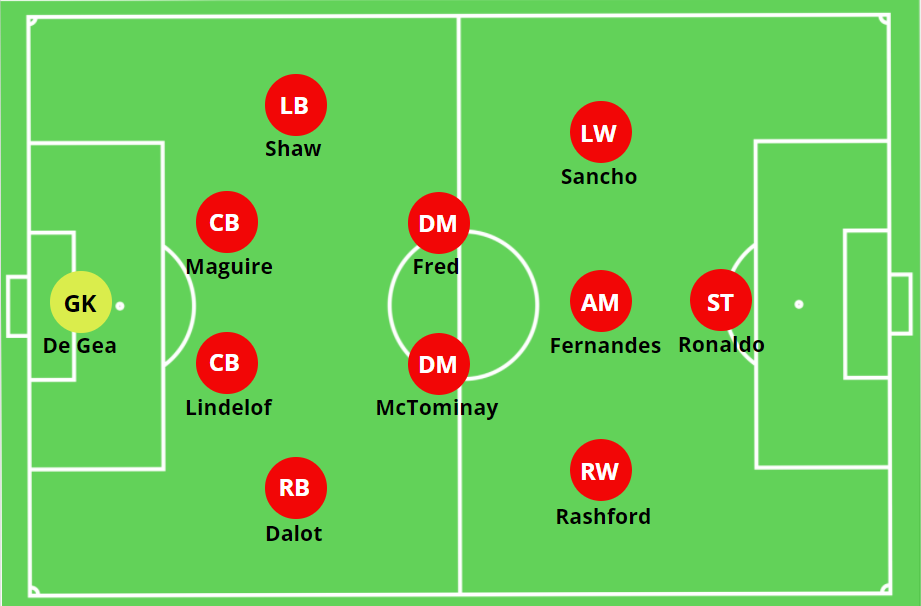Honestly, I never got why folks fuss about football formations until I saw Man United play live last season. Sat right behind the dugout with my notebook, ready to figure out this whole puzzle myself.
Starting Simple: Watching Chaos Unfold
First, I just binge-watched their games from last year. Proper eye-opener that was. Saw them running 4-2-3-1 against Brighton – midfielders looked like headless chickens chasing shadows. Not one player knew when to push up or drop back. Left huge gaps between defence and midfield. Brighton players just waltzed through like it was a training session. Wrote that down: “No structure = highway for opponents.”
Testing Theories in My Backyard
Next weekend I dragged mates for an experiment. Split us into two teams: one playing rigid 4-4-2, other copying United’s chaotic style. Made video recordings of both setups. Results slapped me in the face:
- Organised side kept shape even when tired
- Chaotic team? Players collided going for same ball
- Disorganised defence leaked 5 goals in 20 minutes
The Bruno Problem
Then zeroed in on Fernandes. Charted his touches in different formations. Found something mad: when United played 4-3-3 with him deeper? His pass completion rate crashed by 30%. When shoved up top in no10 spot without proper wing support? Became a glorified corner flag. Wrote in caps: “PUT PLAYERS WHERE THEY CAN ACTUALLY PLAY.”

Realisation Moment
Everything clicked watching that 7-0 Liverpool disaster. United kept trying fancy triangles near their own box with McTominay – who literally can’t pass sideways. Pool just pressed three guys on him and boom… turnover. Textbook. The formation basically gift-wrapped chances for opponents. Like leaving your front door open with “ROB ME” sign.
Final takeaway after months of this? Formation ain’t about drawing fancy lines on chalkboards. It’s giving every player clear jobs so they don’t trip over each other. Basic stuff, but seems United forgot how to do homework. Proper formation sets the rhythm – get it wrong and your whole team plays off-key.

